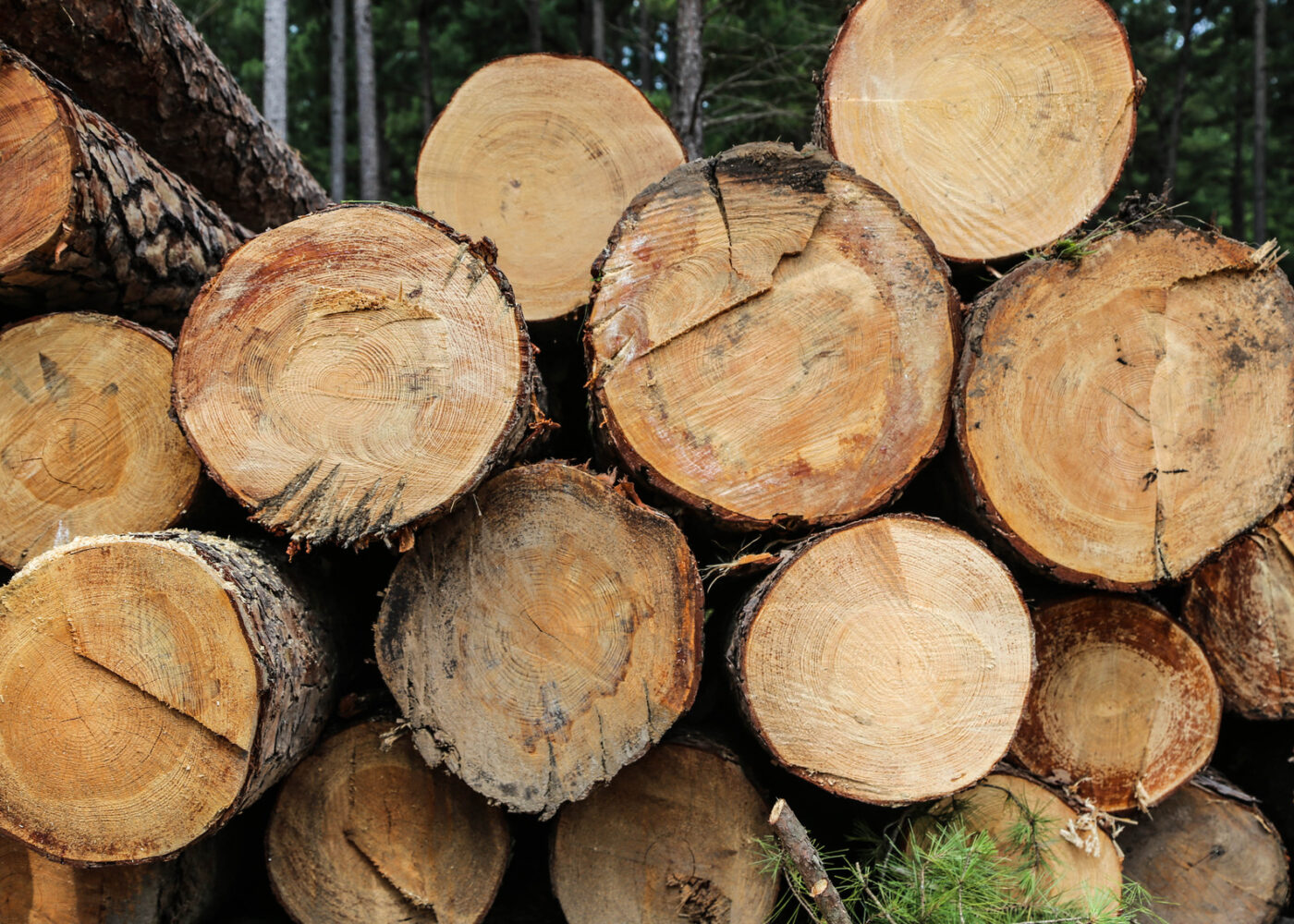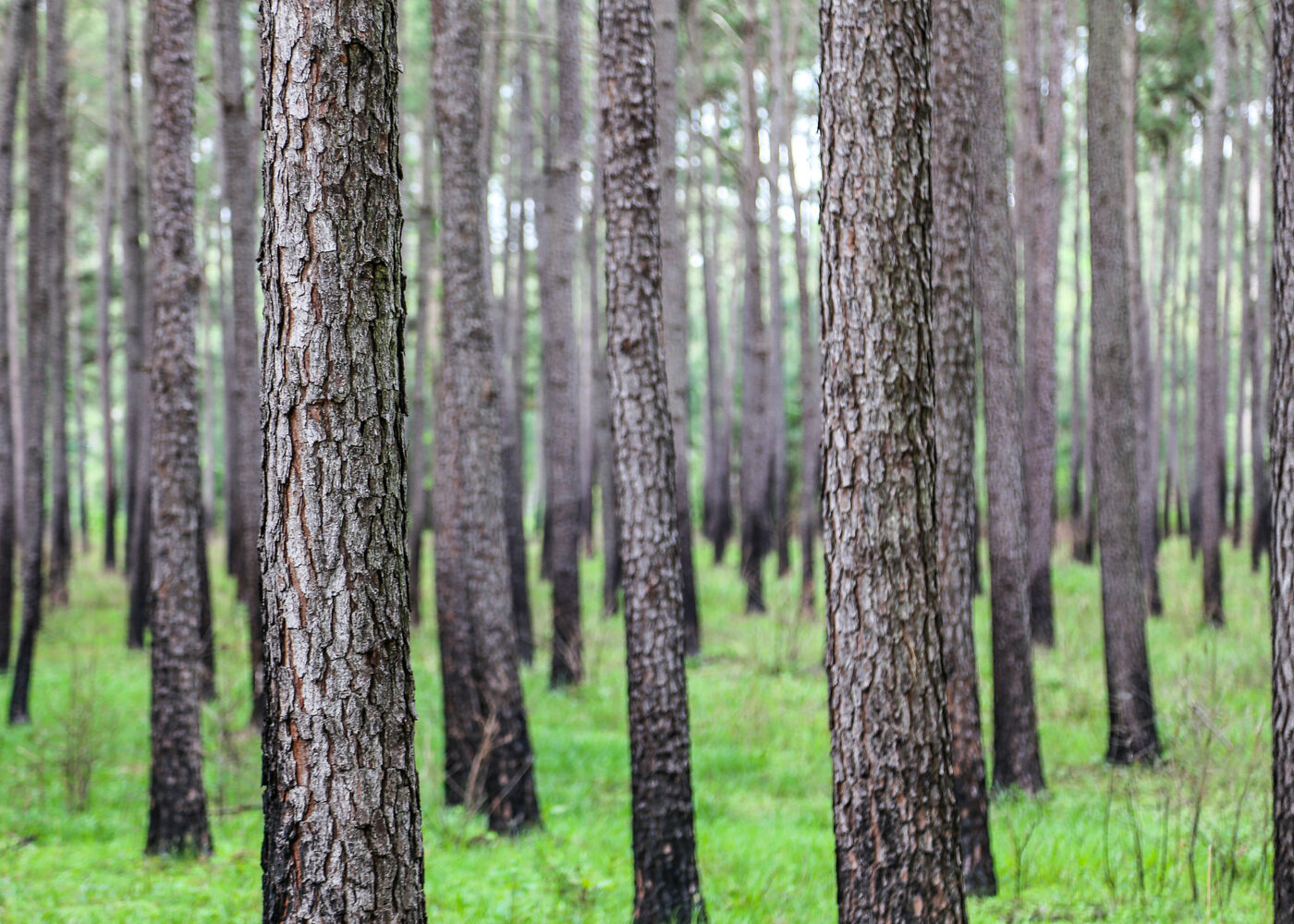14.4 million acres of forested lands in Texas are suitable for timber production, which can potentially degrade water quality if done improperly.
Forestry BMPs are conservation practices that protect soil and water resources. Two key elements necessary for growing a healthy, sustainable, and productive forest. BMPs can include methods such as leaving a buffer zone of trees next to a stream, installing a culvert to cross a waterway, or establishing grass on forest roads to prevent erosion.
We work with the forest sector and several partners to develop and periodically update the non-regulatory BMP guidelines, provide education, outreach, and training on BMP applications.
Through a monitoring program, we collect data on BMPs implementation on randomly selected forest operations. The current BMP implementation rate is 91.5%.
BMP guidelines
The Texas Forestry Best Management Practices Handbook was developed through a cooperative stakeholder process in 1989. Since then, the guidelines have been revised based on new research, technology, operations, and monitoring results to ensure water resources are protected during forest operations.
You can view the handbook through our Texas Forestry BMPs app or Forestry BMP Pocket Guide.
BMP monitoring program
The BMP Implementation Monitoring Program started in 1991 to measure the percentage of implementation by the forest sector, evaluate the effectiveness as applied in the field, and identify any weaknesses in the guidelines and trainings.
Recently harvested sites are randomly chosen and, with consent from the landowner, one of our foresters goes out to collect data on “normal silvicultural” operations. Properties selected include both public and private lands. This cooperative, non-regulatory program is completely voluntary. The current BMP implementation rate is 91.5%.
Since 1990, we’ve completed 11 BMP implementation surveys.
A History of Forestry BMP Implementation Monitoring in Texas — Results from the first 15 years (1990–2005)
- Round 1 — Voluntary Implementation with Forestry Best Management Practices in East Texas (1992)
Executive Summary
- Round 2 — Voluntary Implementation with Forestry Best Management Practices in East Texas (1996)
Executive Summary
- Round 3 — Voluntary Implementation with Forestry Best Management Practices in East Texas (1998)
Executive Summary
- Round 4 — Voluntary Implementation with Forestry Best Management Practices in East Texas (2000)
Executive Summary
- Round 5 — Voluntary Implementation with Forestry Best Management Practices in East Texas (2002)
Executive Summary
- Round 6 — Voluntary Implementation with Forestry Best Management Practices in East Texas (2005)
Executive Summary
- Round 7 — Voluntary Implementation with Forestry Best Management Practices in East Texas (2008)
Executive Summary
- Round 8 — Voluntary Implementation with Forestry Best Management Practices in East Texas (2011)
Executive Summary
- Round 9 — Voluntary Implementation with Forestry Best Management Practices in East Texas (2015)
Executive Summary
- Round 10 — Voluntary Implementation with Forestry Best Management Practices in East Texas (2018)
Executive Summary
Story Map - Round 11 — Voluntary Implementation with Forestry Best Management Practices in East Texas (2022)
- Executive Summary
- Round 12 — Voluntary Implementation with Forestry Best Management Practices in East Texas (2025)
- Executive Summary

